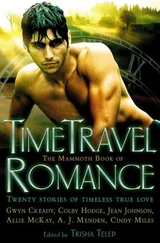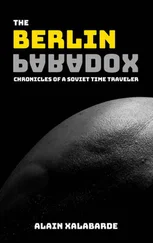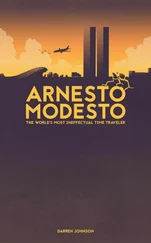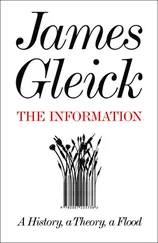James Gleick - Time Travel
Здесь есть возможность читать онлайн «James Gleick - Time Travel» — ознакомительный отрывок электронной книги совершенно бесплатно, а после прочтения отрывка купить полную версию. В некоторых случаях можно слушать аудио, скачать через торрент в формате fb2 и присутствует краткое содержание. Год выпуска: 2016, Издательство: Knopf Doubleday Publishing Group, Жанр: Старинная литература, на английском языке. Описание произведения, (предисловие) а так же отзывы посетителей доступны на портале библиотеки ЛибКат.
- Название:Time Travel
- Автор:
- Издательство:Knopf Doubleday Publishing Group
- Жанр:
- Год:2016
- ISBN:нет данных
- Рейтинг книги:5 / 5. Голосов: 1
-
Избранное:Добавить в избранное
- Отзывы:
-
Ваша оценка:
- 100
- 1
- 2
- 3
- 4
- 5
Time Travel: краткое содержание, описание и аннотация
Предлагаем к чтению аннотацию, описание, краткое содержание или предисловие (зависит от того, что написал сам автор книги «Time Travel»). Если вы не нашли необходимую информацию о книге — напишите в комментариях, мы постараемся отыскать её.
Time Travel — читать онлайн ознакомительный отрывок
Ниже представлен текст книги, разбитый по страницам. Система сохранения места последней прочитанной страницы, позволяет с удобством читать онлайн бесплатно книгу «Time Travel», без необходимости каждый раз заново искать на чём Вы остановились. Поставьте закладку, и сможете в любой момент перейти на страницу, на которой закончили чтение.
Интервал:
Закладка:
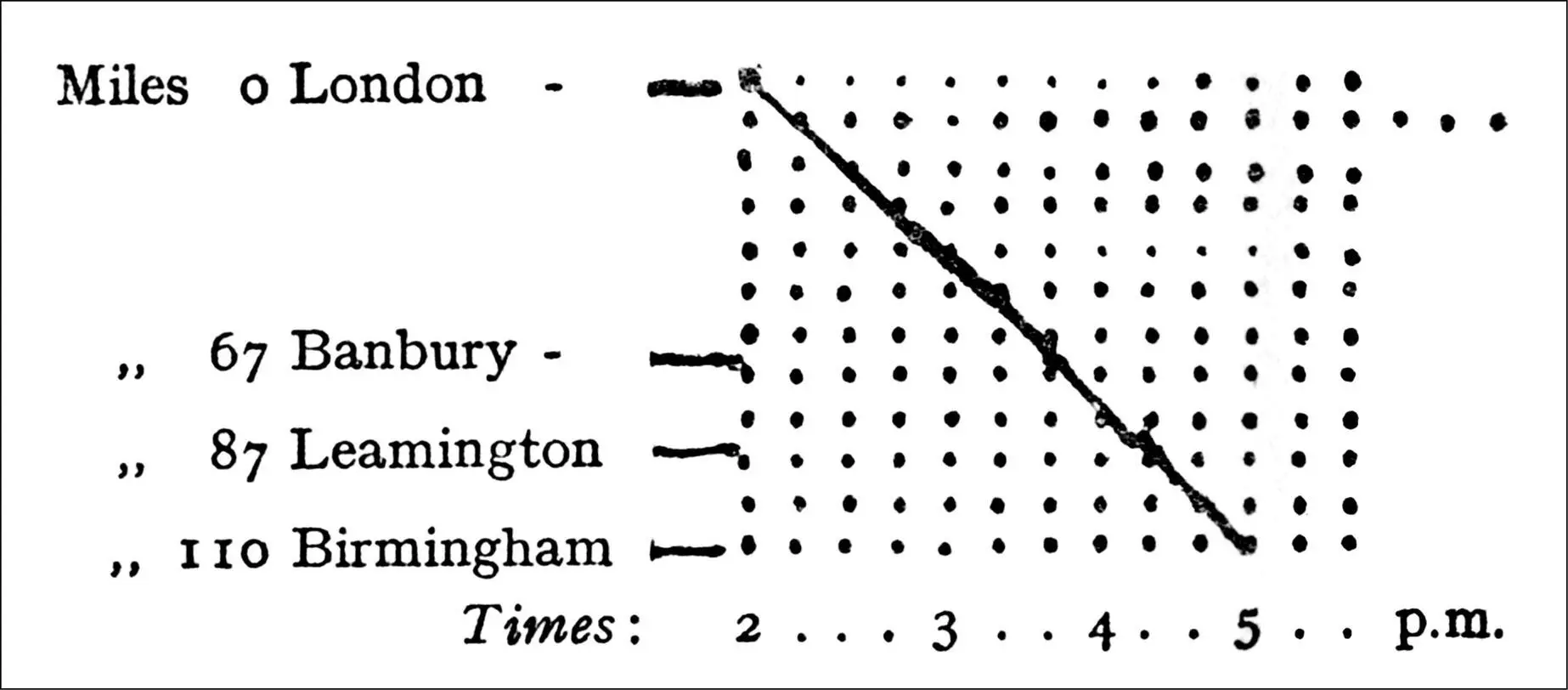
Credit 1.1
So Wells’s Time Traveller can speak with conviction: “Scientific people know very well that Time is only a kind of Space. Here is a popular scientific diagram, a weather record. This line I trace with my finger shows the movement of the barometer….Surely the mercury did not trace this line in any of the dimensions of Space…but certainly it traced such a line, and that line, therefore, we must conclude was along the Time-Dimension.”
In the new century everything felt new; physicists and philosophers gazed upon Time, so often capitalized, with new eyes. Twenty-five years after The Time Machine the “new realist” philosopher Samuel Alexander put it this way:
If I were asked to name the most characteristic feature of the thought of the last twenty-five years I should answer: the discovery of Time. I do not mean that we have waited till to-day to become familiar with Time. I mean that we have only just begun in our speculation to take Time seriously and to realize that in some way or other Time is an essential ingredient in the constitution of things.
What is time? Time machines may help us understand.
—
WELLS WAS NOT READING Schopenhauer, and philosophical introspection was not his style. His ideas about time were informed by Lyell and Darwin, who read the buried strata that frame the ages of the earth and the ages of life. He studied zoology and geology as a scholarship student at the Normal School of Science and Royal School of Mines, and these subjects encouraged him to view the world’s history as if from a great height—its lost epochs, a panorama unfolding, “the small-scale horse-foot, hand-industry civilizations that culminated in the seventeenth and eighteenth centuries, by the change of pace and scale due to mechanical invention.” Geological time, so vastly extended, disrupted the earlier sense of historical time, in which the world was plausibly considered to be six thousand years old. The scales were so different; human history was dwarfed.
“O earth, what changes has thou seen!” wrote Tennyson. “The hills are shadows, and they flow / From form to form, and nothing stands.” Lately, too, there was a science called archeology—grave robbers and treasure hunters in the service of knowledge. Archeologists, digging, were exposing buried history. At Nineveh, at Pompeii, at Troy, vaults were opened; past civilizations appeared, frozen in stone, but lifelike. Archeological digs exposed diagrams ready-made, with time a visible dimension.
Less obviously, people could see layers of time all around. Travelers riding in steam-driven railroad trains looked out their windows onto a landscape where oxen plowed the fields as they had done in medieval times, horses still hauled and harrowed, yet telegraph wires split the sky. This caused a new kind of confusion or dissociation. Call it temporal dissonance.
Above all, modern time was irreversible, inexorable, and unrepeatable. Progress marched onward—a good thing, if you were a technological optimist. Cyclical time, crosswinds of time, eternal return, the wheel of life: these were romantic notions now, for poets and nostalgic philosophers.
The Normal School, later renamed the Royal College of Science, was a lucky place for H. G., the youngest son of a shopkeeper and a former housemaid. As a teenager he had spent three unhappy years serving as a draper’s apprentice. Now, in the college’s new five-story elevator-equipped building, he studied elementary biology with (“under the shadow of”) Thomas H. Huxley, the famous Darwinian—a mighty intellectual liberator, Wells thought, bravely battling the priests and know-nothings, establishing the facts of evolution from painstakingly assembled fossil evidence and embryological material, filling up the “great jig-saw puzzle,” the confirmation of the tree of life. It was the most educational year of his life: “a grammar of form and a criticism of fact.” He had less use for the course in physics, of which he later remembered little but his own ineptitude in trying to contrive a barometer from some bits of brass and wood and glass tubing.
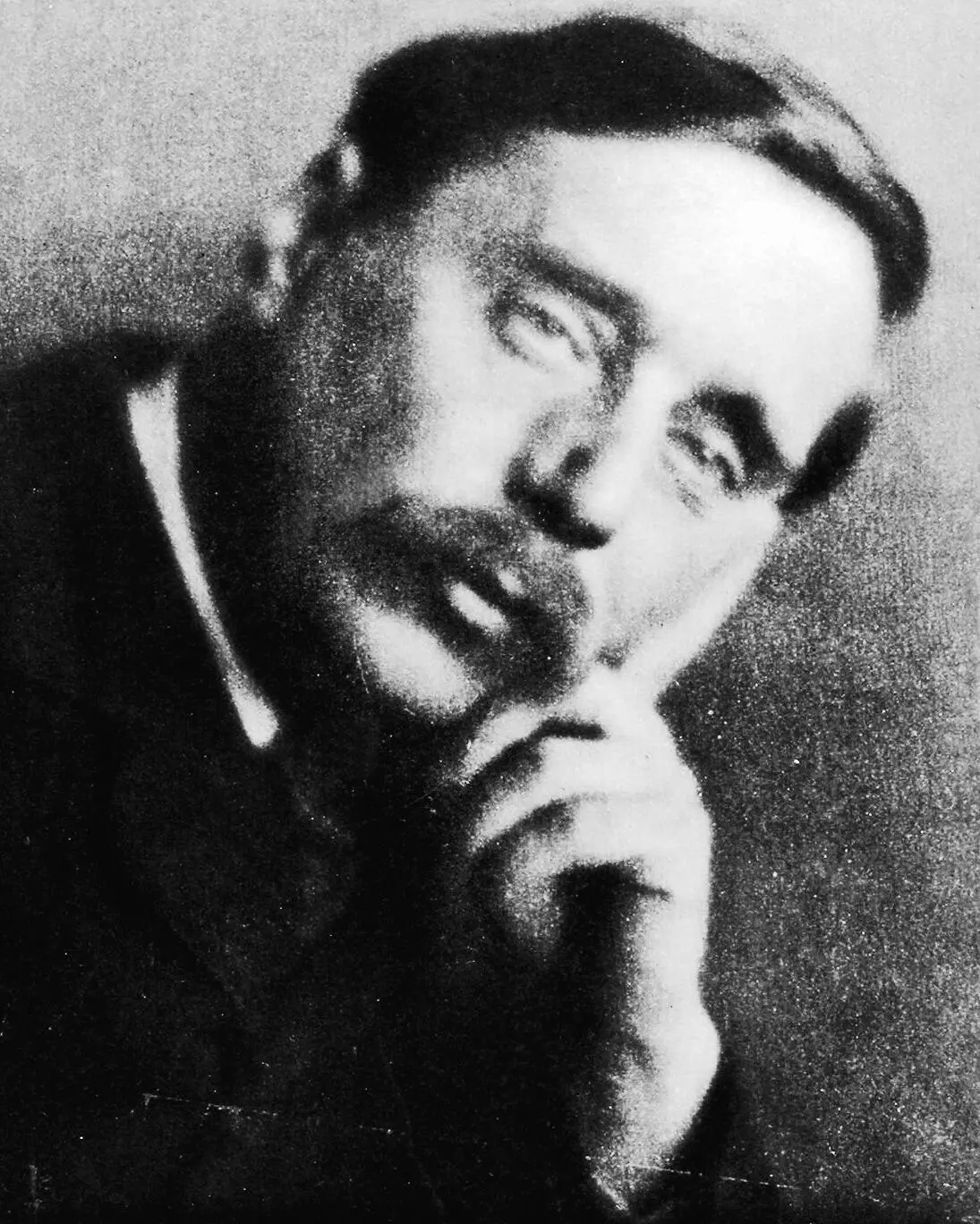
Credit 1.2
After finishing at the Normal School, he supported himself with some schoolteaching before “collapsing” (his word) into literary journalism. Here he found an outlet for the kind of high-flown scientific speculation he had enjoyed in the Debating Society. One essay for the Fortnightly Review, “The Rediscovery of the Unique,” grandly assessed “the series of dissolving views that we call the march of human thought.” His next, titled “The Universe Rigid,” was declared incomprehensible by the review’s formidable editor, Frank Harris, who summoned the twenty-four-year-old author to his office and tossed the manuscript into the trash bin. The Universe Rigid was a construct of four dimensions—like a block. It does not change over time, because time is already built in.
The four-dimensional frame led as if by iron necessity to the Universe Rigid. If you believed in the laws of physics in those days—and the students of the Normal School in the nation of Newton most assuredly did—then apparently the future must be a strict consequence of the past. Wells proposed to design a “Universal Diagram” by which all phenomena would be logically deduced.
One began with a uniformly distributed ether in the infinite space of those days and then displaced a particle. If there was a Universe rigid, and hitherto uniform, the character of the consequent world would depend entirely, I argued along strictly materialist lines, upon the velocity of this initial displacement.
And then? Chaos!
The disturbance would spread outward with ever increasing complication.
Edgar Allan Poe, similarly inspired by scientific speculation, wrote in 1845, “As no thought can perish, so no act is without infinite result.” In a story called “The Power of Words,” published in the Broadway Journal, he invents some angels who explain:
We moved our hands, for example, when we were dwellers on the earth, and, in so doing, we gave vibration to the atmosphere which engirdled it. This vibration was indefinitely extended, till it gave impulse to every particle of the earth’s air, which thenceforth, and for ever, was actuated by the one movement of the hand. This fact the mathematicians of our globe well knew.
The actual mathematician Poe had in mind was the arch-Newtonian Pierre-Simon, Marquis de Laplace, for whom the past and the future were nothing more or less than physical states, rigidly connected by the inexorable mechanics of the laws of physics. The present state of the universe (he wrote in 1814) is “the effect of its past and the cause of its future.” Here is the Universe Rigid:
Given for one instant an intelligence which could comprehend all the forces by which nature is animated and the respective positions of the beings which compose it, if moreover this intelligence were vast enough to submit these data to analysis, it would embrace in the same formula both the movements of the largest bodies in the universe and those of the lightest atom; to it nothing would be uncertain, and the future as the past would be present to its eyes.
Some people already believed in such an intelligence; they called it “God.” To Him nothing would be uncertain or unseen. Doubt is for us mortals. The future, as the past, would be present to His eyes. (Or would it? Perhaps God would be content to see creation unfold. Heaven’s virtues might include patience.)
Читать дальшеИнтервал:
Закладка:
Похожие книги на «Time Travel»
Представляем Вашему вниманию похожие книги на «Time Travel» списком для выбора. Мы отобрали схожую по названию и смыслу литературу в надежде предоставить читателям больше вариантов отыскать новые, интересные, ещё непрочитанные произведения.
Обсуждение, отзывы о книге «Time Travel» и просто собственные мнения читателей. Оставьте ваши комментарии, напишите, что Вы думаете о произведении, его смысле или главных героях. Укажите что конкретно понравилось, а что нет, и почему Вы так считаете.


